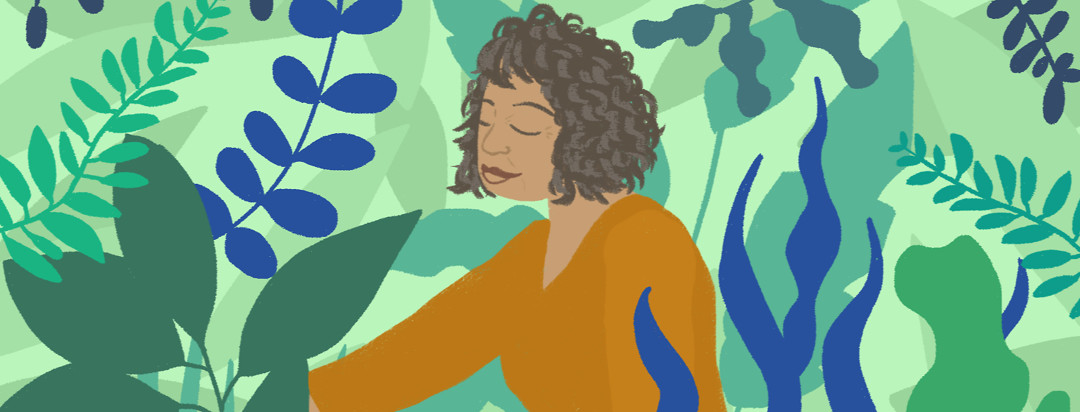Vision Loss Is Not the End
I have a good friend of almost 30 years whose favourite pastime on her days off was to hop in her little antique car and go wherever the road led. Then about 15 years ago she had a hemorrhage in one eye and lost all but a tiny bit of fuzzy light. But she carried on. About 5 years after that she had a mini-stroke which left her with an imperceptible tremor but killed the optic nerve in her “good” eye. Only 2% vision! No more driving.
Seeing the doctor regularly
She was the one who had often commented that she was the healthiest of our group of friends and hadn’t visited a doctor in years. Perhaps if she had, she might still have some sight. Who knows. Thank God I went to my annual optometrist appointment when I did and started the injections. We all need to see our primary care physicians as well as our eye specialists regularly.
Finding assistive devices
All this is the back story of my inspirational friend. We researched, found both good and not so good assistive devices, and she carried on. Her CCTV is a godsend, her computer monitor is a 45” television; Google home reads a recipe, and even waits in between instructions for her to ask for the next one. If a few of us are going out to dinner, we always let her know which restaurant ahead of time so she can go online and check the menu.
Adapting to vision loss
This woman cooks all her own meals; when asked how she knows when the chicken is done, her answer is simple. She times it and then presses on it with her finger. Her only concession to her loss of sight was to hire a housekeeper to come in once a week to clean what she had missed, and a gardener to find the weeds she hadn’t felt. She gardens by feel and scent. The only concession I’ve had to make so far is to not drive outside my own neighbourhood after dark, especially when it’s raining.
Trial and error
Some things she learned by trial and error. Once she got a package of ground beef out of the freezer, but when she went to cook it she discovered it was frozen raspberries. That’s when she discovered different coloured packaging works well as she still has some contrast vision. Now, the dark package is meat and the white package is other. There are little stickers that can be recorded on and adhered to a can or package and also can be re-recorded. A talking watch, talking clock, talking scale, some talking books, a handheld reader are all part of her arsenal.
Transportation
CNIB has taxi saver coupons which she uses occasionally, although her main means of transportation is public transit. This while being almost totally blind. It works when she’s home before dusk; she knows there’s not enough light to see by after that but still she carries on.
So I know that if I do lose my central vision, I’ll be ok. I’ll still be able to enjoy life, and I hope if that does happen, I’ll be able to carry on just as well.
How have you adapted to vision loss? Have you had any "blind" fails? What have you had to change?

Join the conversation